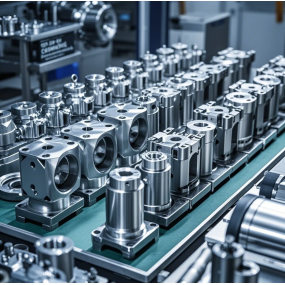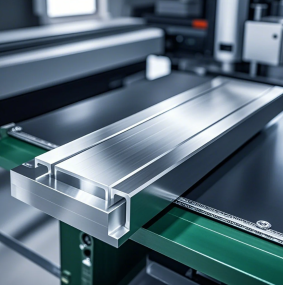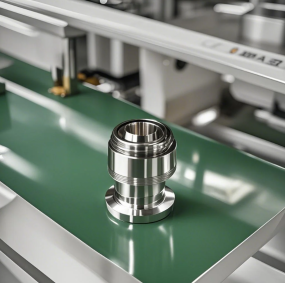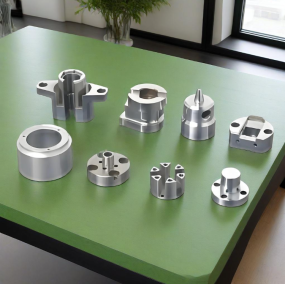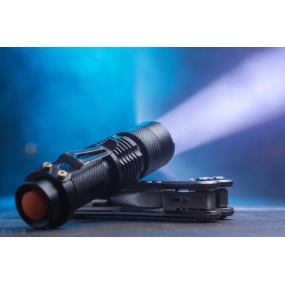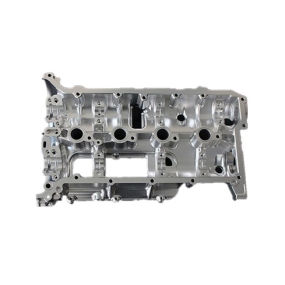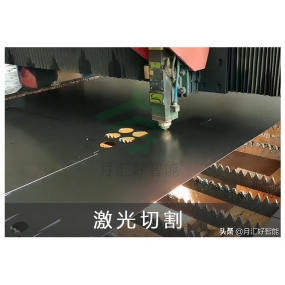1. Dimensional accuracy requires tolerance range: The size of castings after CNC Machining must be strictly controlled within the tolerance range specified by the design. This depends on the specific use of the product, and different industries and application scenarios have different accuracy requirements. For example, in the aerospace field, the dimensional tolerance for some key castings may be controlled within 0.01mm to ensure that parts can be accurately matched in complex mechanical systems; while in ordinary machinery manufacturing, the dimensional tolerance is generally around 0.1 - 0.05mm. 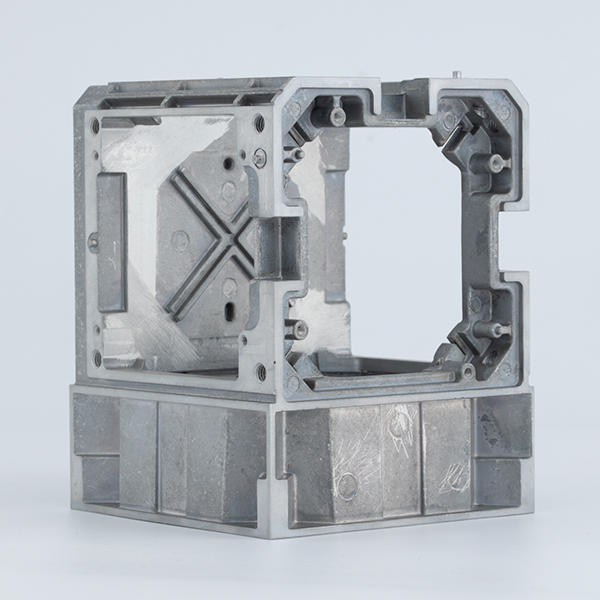 Dimensional consistency: The same batch of castings CNC machined products should have a high degree of consistency in size. This is particularly important for mass-produced interchangeable parts. For example, after CNC machining of automobile engine block castings, the diameter, depth and dimensional relationship between each cylinder and each mounting surface of the cylinder must be highly consistent, so as to ensure the stable performance of the engine and achieve interchangeability when repairing and replacing parts. 2. Geometric deviation control required for shape accuracy: The shape of the casting after processing should meet the geometric requirements of the design drawings, and the shape error should be controlled. Geometric accuracy indicators such as flatness, roundness, cylindricity, straightness, etc. need to be strictly controlled. For example, for a casting that needs to install other parts on a plane, the flatness error after machining may be required to be within 0.01mm to ensure that the installed parts can fit tightly and avoid stress concentration and sealing problems caused by shape errors. Accuracy Guarantee of Complex Shapes: For castings with complex shapes, such as products with curved contours, curved surfaces or irregular shapes, CNC machining should be able to accurately restore the design shape. This requires high-precision CNC programming and advanced machining techniques. For example, in the machining of mold castings, the complex curved surface shape of the mold cavity must be precisely machined to ensure that the produced plastic products or stamped parts can meet the design shape and size requirements. 3. Surface quality requirements Surface roughness: The surface roughness of castings after CNC machining is an important quality indicator. Different application scenarios have different requirements for surface roughness. For example, for mechanical parts that withstand high load and high friction, such as guide rails of machine tools, crankshafts of automobiles, etc., the surface roughness is generally required to be between Ra0.8 - Ra1.6μm to reduce friction and wear and improve the service life of parts; while for some exterior parts or non-mating surfaces, the surface roughness requirements are relatively low, such as Ra3.2 - Ra6.3μm. Surface integrity: The machined surface should be free of casting defects such as cracks, trachoma, pores, slag inclusions, etc. These defects will affect the mechanical properties and sealing of castings. In the process of machining, it is necessary to find and avoid the propagation of these defects through reasonable processing technology and detection means. For example, for some high-pressure container castings, the processed surface must undergo non-destructive testing to ensure that no internal defects extend to the surface, so as to ensure the safety of the container. Surface texture direction: In some cases, it is also necessary to consider the direction of surface texture. For example, on the surface of parts with relative motion, a reasonable surface texture direction can reduce frictional resistance and improve the smoothness of motion. In the processing of bearing seat castings, the surface texture direction of the bearing mounting hole should be adapted to the rotation direction of the bearing, so as to optimize the working performance of the bearing. 4. Mechanical properties require strength and hardness: According to the use environment and functional requirements of the casting, the processed product should have sufficient strength and hardness. This depends on the material composition of the casting, the heat treatment state and the processing technology. For example, for castings that withstand huge impact forces, such as forging dies, the hardness after processing is generally required to reach HRC40 - HRC50 to ensure that the die will not be deformed and damaged during repeated forging processes; at the same time, its strength should be able to withstand the huge pressure during the forging process to prevent the die from breaking.
Dimensional consistency: The same batch of castings CNC machined products should have a high degree of consistency in size. This is particularly important for mass-produced interchangeable parts. For example, after CNC machining of automobile engine block castings, the diameter, depth and dimensional relationship between each cylinder and each mounting surface of the cylinder must be highly consistent, so as to ensure the stable performance of the engine and achieve interchangeability when repairing and replacing parts. 2. Geometric deviation control required for shape accuracy: The shape of the casting after processing should meet the geometric requirements of the design drawings, and the shape error should be controlled. Geometric accuracy indicators such as flatness, roundness, cylindricity, straightness, etc. need to be strictly controlled. For example, for a casting that needs to install other parts on a plane, the flatness error after machining may be required to be within 0.01mm to ensure that the installed parts can fit tightly and avoid stress concentration and sealing problems caused by shape errors. Accuracy Guarantee of Complex Shapes: For castings with complex shapes, such as products with curved contours, curved surfaces or irregular shapes, CNC machining should be able to accurately restore the design shape. This requires high-precision CNC programming and advanced machining techniques. For example, in the machining of mold castings, the complex curved surface shape of the mold cavity must be precisely machined to ensure that the produced plastic products or stamped parts can meet the design shape and size requirements. 3. Surface quality requirements Surface roughness: The surface roughness of castings after CNC machining is an important quality indicator. Different application scenarios have different requirements for surface roughness. For example, for mechanical parts that withstand high load and high friction, such as guide rails of machine tools, crankshafts of automobiles, etc., the surface roughness is generally required to be between Ra0.8 - Ra1.6μm to reduce friction and wear and improve the service life of parts; while for some exterior parts or non-mating surfaces, the surface roughness requirements are relatively low, such as Ra3.2 - Ra6.3μm. Surface integrity: The machined surface should be free of casting defects such as cracks, trachoma, pores, slag inclusions, etc. These defects will affect the mechanical properties and sealing of castings. In the process of machining, it is necessary to find and avoid the propagation of these defects through reasonable processing technology and detection means. For example, for some high-pressure container castings, the processed surface must undergo non-destructive testing to ensure that no internal defects extend to the surface, so as to ensure the safety of the container. Surface texture direction: In some cases, it is also necessary to consider the direction of surface texture. For example, on the surface of parts with relative motion, a reasonable surface texture direction can reduce frictional resistance and improve the smoothness of motion. In the processing of bearing seat castings, the surface texture direction of the bearing mounting hole should be adapted to the rotation direction of the bearing, so as to optimize the working performance of the bearing. 4. Mechanical properties require strength and hardness: According to the use environment and functional requirements of the casting, the processed product should have sufficient strength and hardness. This depends on the material composition of the casting, the heat treatment state and the processing technology. For example, for castings that withstand huge impact forces, such as forging dies, the hardness after processing is generally required to reach HRC40 - HRC50 to ensure that the die will not be deformed and damaged during repeated forging processes; at the same time, its strength should be able to withstand the huge pressure during the forging process to prevent the die from breaking.
Hello! Welcome to EMAR's website!
 English
English » »
» »
 Spanish
Spanish Arabic
Arabic French
French Portuguese
Portuguese Belarusian
Belarusian Japanese
Japanese Russian
Russian Malay
Malay Icelandic
Icelandic Bulgarian
Bulgarian Azerbaijani
Azerbaijani Estonian
Estonian Irish
Irish Polish
Polish Persian
Persian Boolean
Boolean Danish
Danish German
German Filipino
Filipino Finnish
Finnish Korean
Korean Dutch
Dutch Galician
Galician Catalan
Catalan Czech
Czech Croatian
Croatian Latin
Latin Latvian
Latvian Romanian
Romanian Maltese
Maltese Macedonian
Macedonian Norwegian
Norwegian Swedish
Swedish Serbian
Serbian Slovak
Slovak Slovenian
Slovenian Swahili
Swahili Thai
Thai Turkish
Turkish Welsh
Welsh Urdu
Urdu Ukrainian
Ukrainian Greek
Greek Hungarian
Hungarian Italian
Italian Yiddish
Yiddish Indonesian
Indonesian Vietnamese
Vietnamese Haitian Creole
Haitian Creole Spanish Basque
Spanish Basque


